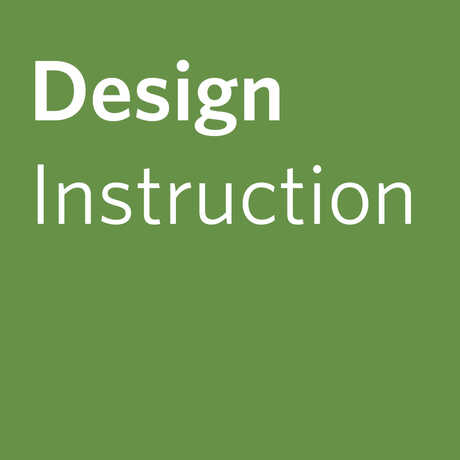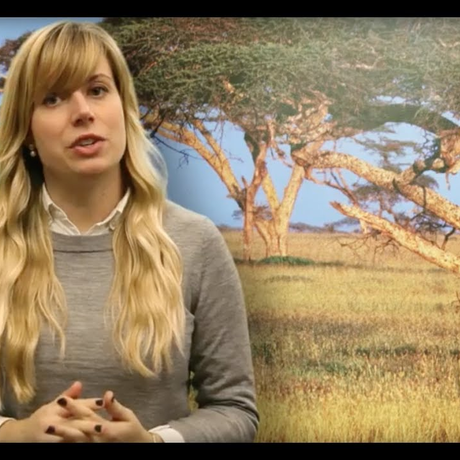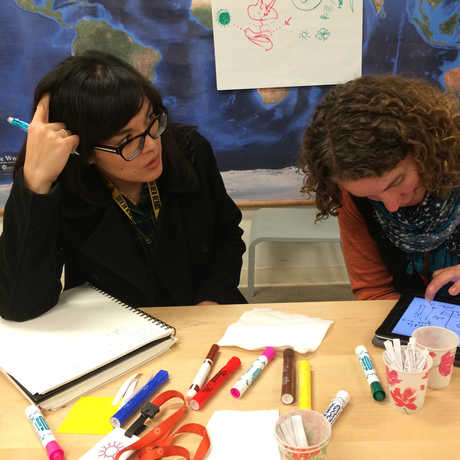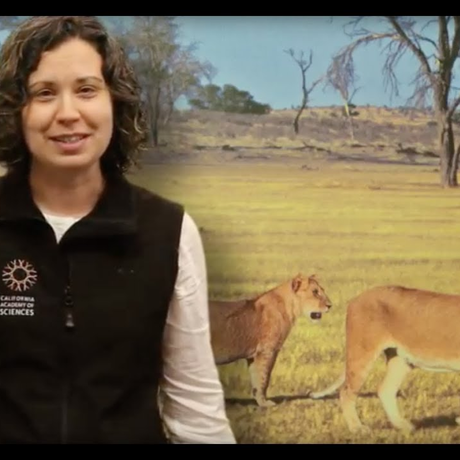

When immersed in hands-on learning experiences, participants can reflect on their own learning as it's happening, and notice what is and isn't working for them. Experiencing both the successes and frustrations provides opportunities for educators to understanding new pedagogy, and forms a basis for reflecting later on how they would bring the strategies or content they experienced into their own context.
Why spend time being a learner?
Asking professional development (PD) participants to set aside their concerns as educators and participate solely as learners can facilitate “immersion” in the learning activities (Gordon & Kannapel, 2010), providing a hands-on experience and opportunity to learn both new content and new pedagogy. As learners, participants can also reflect on their own learning experiences as they’re happening, and notice what is and isn’t working for them. This is especially important when a goal for participants is to learn and enact new pedagogical practices. Providing an opportunity to feel like a learner, and even to experience some of the inevitable discomforts of not knowing, can help participants understand new pedagogy and the reasoning behind it.
Taking on the role of a learner while participating in an activity, as opposed to that of a teacher evaluating an activity, can also provide teachers the opportunity to take the kind of risks that we often expect from students. Providing educators with time to reflect on their own challenges or changing their understanding gives a reference for considering the experiences of the students they teach. Namely, it can be a basis for thinking about what students might come into the classroom already knowing or thinking, and what they might experience while they are there.
Finally, immersive experiences allow educators to build a more accurate conception of what science and scientific thinking truly are (Loucks-Horsley, et al, 2010). Opportunities to notice, wonder, investigate, struggle, succeed, and build knowledge for themselves will lead teachers to a more positive relationship with science, or a positive “science identity.”
What happens after being a learner?
Time to reflect immediately following a learning experience can form a foundation for thinking and learning about our own classrooms. After reflecting on their experience as learners, teachers need time to translate this learning experience into their own contexts. Immersive learning experiences followed by focused time to reflect can also move educators away from the trap of “my students can’t do this.” The goal is not necessarily to think about how to recreate the exact learning experience with students in the classroom, but instead to draw on a real, first-hand learning experience when thinking about one’s own classroom.
Appropriately, we refer to this period of time directly after an immersive learning experience as translation time. You can find some specific ideas of how to prompt this type of reflection in Prompts for Translation Time, where we share some reflection questions we provided in specific professional learning situations, and the learning goals we had for educators in each case.
How do you get educators to really be learners?
If you want educators to inhabit the role of the learner during a particular activity or series of activities, it’s important to be explicit, and in some cases to make the transition into being a learner a routine event. There are any number of ways to do this, so we’ll share some strategies and tools that we have used, as well as some that we have experienced successfully as learners ourselves.
Make it Explicit: Particularly in our short-term workshops (1 to 5 days), we find that an important step before starting a science activity is clearly explaining the expectation that participants should act as adult learners and what that means. We have a set of slides we use to mark this space in the workshop and give educators a moment to change gears. We also provide a “parking lot” where participants can place their educator questions or comments so that we may discuss them later. You may also make the switch to and from being a learner more explicit by having different facilitators for different types of activities. When co-facilitating, one person can serve as the “teacher” when you’re expecting participants to be learners, and one person facilitates when participants are expected to be thinking as educators. The difference in facilitation styles, and simply a different person leading activities, can make it easier for participants to be in a different mode.
Make it Routine: Another strategy is incorporating translation time as a bookend to every science experience. Participants in our Teacher Institute on Science and Sustainability (TISS) became accustomed to diving into a science activity as learners, knowing that either at the end (during evening PDs) or the next day (during two-week summer experiences) they would have time to unpack their learning experience in the context of their own classrooms.
Lastly, it can be helpful to provide a set of norms that encourage behaviors that will help participants engage as learners.
References
Loucks-Horsley, S., Stiles, K.E., Mundry, S., Love, N. & Hewson, P.W. (2010). Designing Professional Development for Teachers of Science and Mathematics, Third Edition. Thousands Oaks, CA: Corwin.
Gordon, E.M & Kannapel, P.J. (2010). Sustaining improvement efforts to deepen middle-grades Teachers’ science content knowledge: The case of system-wide change for all learners and educators, the SCALE MSP in Los Angeles Unifed School District. Prepared for the Math and Science Partnership Knowledge Management and Dissemination Project. Horizon Research, Inc. Retrieved April 24, 2017 from http://www.mspkmd.net/cases/tck/sustainability/scale.pdf



